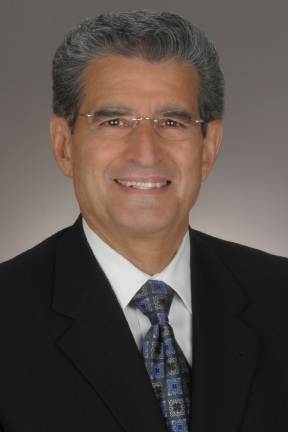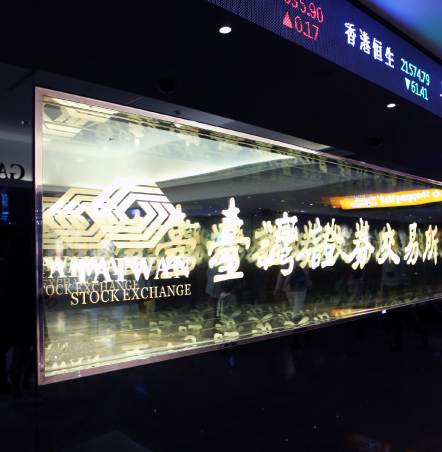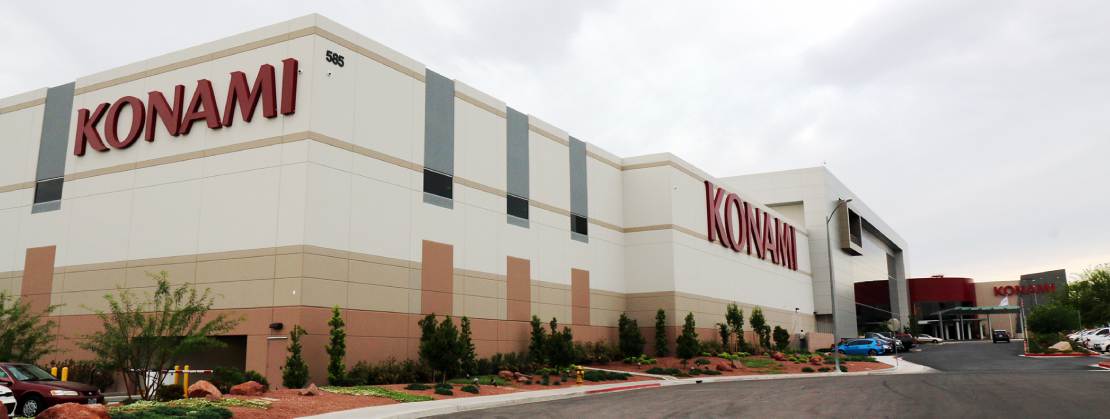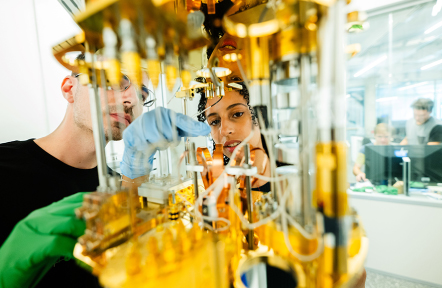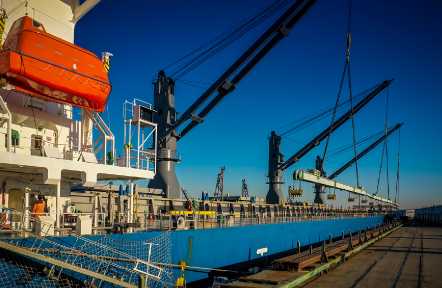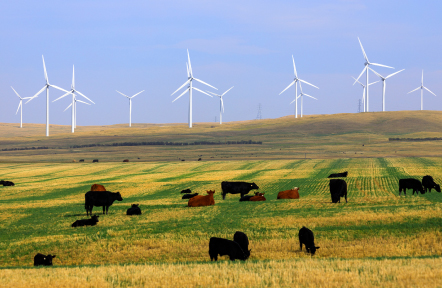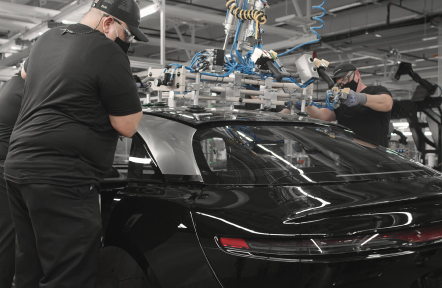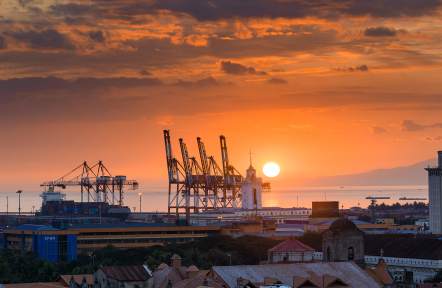Set up by Kihachiro Nishiura in 2015, Aquafarm SEE has stayed very focused on its objective to strengthen cooperation and build new connections between Japan and Southeast Europe on a wide range of fields including trade, agriculture, research, as well as tourism and cultural exchange.

“Agriculture has always been part of our focus,” Aquafarm SEE Director General Aleksandar Arbutina told GMI POST. Among its current projects, Arbutina said, is the reconstruction of a six-hectare greenhouse that it acquired in 2019 and is being fitted for the production of organic food items for both the local and global markets.
With one of the most fertile lands in Europe and deep roots in food production, Serbia plays a significant part in the growth plans of Aquafarm SEE, according to Arbutina.
Outside of agriculture, he adds, Aquafarm SEE has strengthened bilateral ties through a youth-focused program called the Balkan Japan Bowl, a quiz competition centered on Japanese history and culture for students in the Balkan region. Since it began in 2017, many young people from the Balkan region have participated in the competition. The success of the Balkan Japan Bowl is attributed to the support given by various Japanese companies, like Seiko.
“We (Aquafarm SEE) started from zero and grew in Serbia,” said Arbutina, who urged people to look into the group’s other projects.
As the official representative of the Balkan region to the Japan Southeast Europe Business Association, Arbutina is exploring new avenues through which Aquafarm SEE can expand cultural and art exchanges between Southeastern European countries and Japan.
